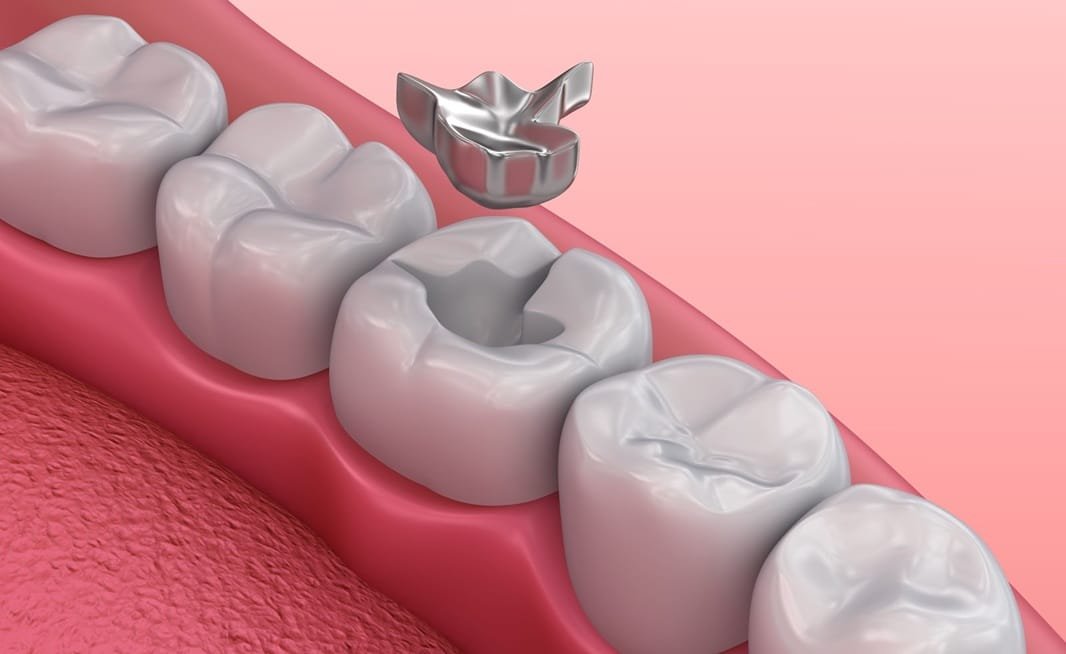Taking care of your teeth is important. Sometimes, cavities happen. When they do, fillings can help repair the damage. Not all fillings are the same, and choosing the right one makes a big difference in your dental health. A dentist in Schaumburg can guide you in understanding your options. In this blog, you’ll learn the basics of common fillings and their pros and cons. From silver to ceramic, each type has unique qualities. Knowing these can empower your decisions and improve your future dental visits. Questions about safety, cost, and longevity are normal. We’ll address them with clear and simple guidance. Your teeth deserve the best care, and filling choices impact their strength and appearance. Let us walk you through your options. Understand your choices. Prioritize your health. Feel confident about the decisions you make for your smile.
Types of Dental Fillings
Dental fillings come in several types, each offering different benefits. Knowing what each type involves helps you make an informed choice. Below are the most common types of fillings.
Amalgam Fillings
Amalgam fillings have been used for over a century. They consist of a mix of metals, making them strong and long-lasting. They are durable and often used in back teeth where chewing pressure is high. However, their silver color can be noticeable.
Composite Fillings
Composite fillings are made of resin and glass. They match the color of your teeth, making them a popular choice for visible areas. These fillings bond directly to the tooth, providing good support. They may not last as long as metal but offer a natural look.
Ceramic Fillings
Ceramic fillings are often made from porcelain. They resist staining and can be color-matched to your teeth. They are an aesthetically pleasing choice but can cost more. Ceramic is durable and ideal for people prioritizing appearance.
Gold Fillings
Gold fillings are a durable and long-lasting option. These are usually well-tolerated by gum tissues. They don’t corrode, but their cost is higher. Gold fillings require multiple visits to place, but they can last over two decades.
Glass Ionomer Fillings
Glass ionomer fillings release fluoride, which can help protect teeth from further decay. They are not as durable, so they’re often used for fillings below the gumline or in young children. Their natural color blends well with teeth.
Which Filling is Right for You?
Choosing the right filling depends on several factors: the location of the cavity, your budget, and your preference for appearance. Your dentist will recommend the best option based on your needs.
| Filling Type | Durability | Aesthetics | Cost |
|---|---|---|---|
| Amalgam | High | Low | Low |
| Composite | Moderate | High | Moderate |
| Ceramic | High | High | High |
| Gold | Very High | Moderate | Very High |
| Glass Ionomer | Low | Moderate | Low |
Questions to Ask Your Dentist
- What type of filling do you recommend and why?
- How long will the filling last?
- What is the cost difference between options?
Take Action for Your Dental Health
Understanding your choices equips you to make better decisions. Consult resources like the CDC’s Oral Health Page for more information on dental care. Always talk with your dentist about your options. Remember, maintaining good oral hygiene greatly influences the lifespan of your fillings.
Knowledge empowers you. With the right information, you can choose the best filling to maintain your smile’s health and appearance.



